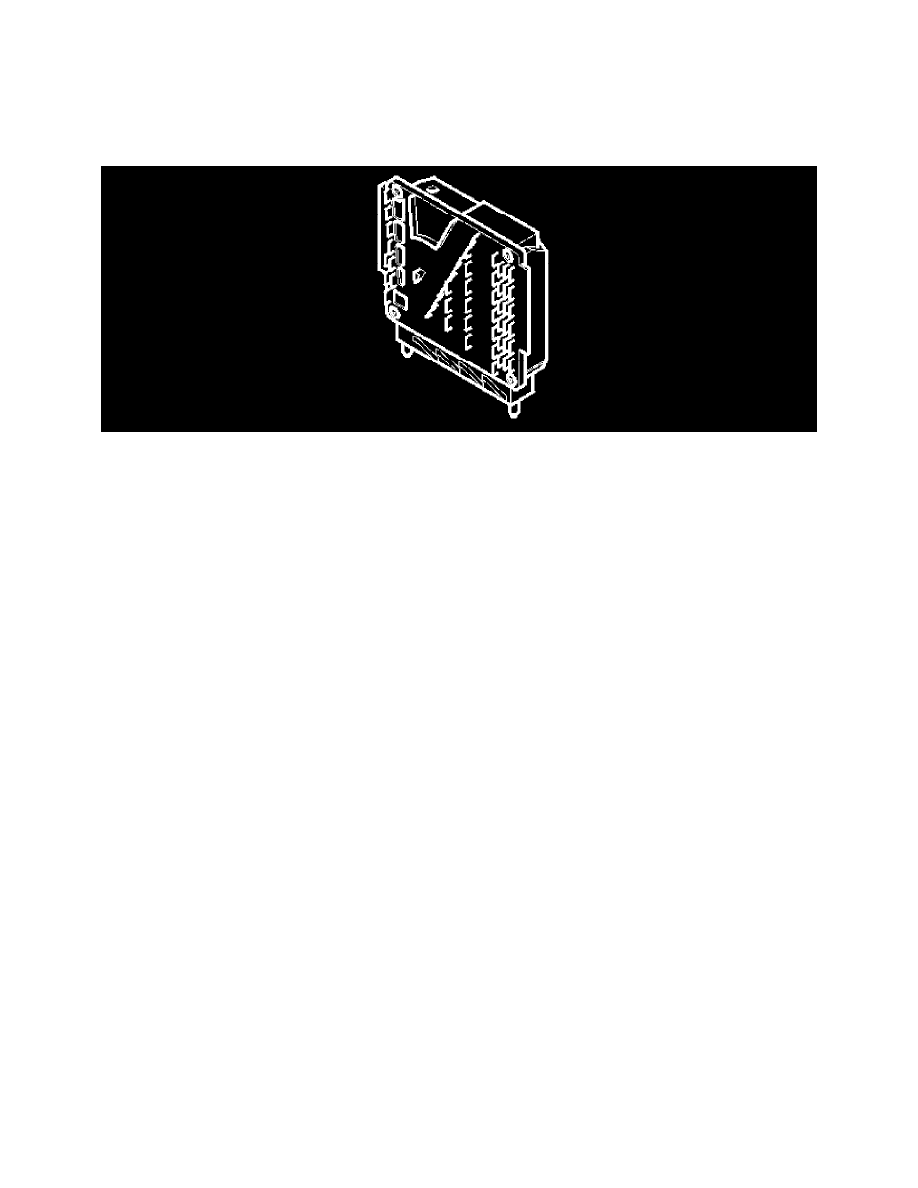XC70 L5-2.5L Turbo VIN 59 B5254T2 (2003)

Engine Control Module: Description and Operation
Engine Control Module (ECM)
Control Module
The Engine Control Module (ECM) controls the following functions:
-
injectors
-
ignition
-
camshafts (CVVT)
-
evaporative emission system (EVAP) valve
-
turbocharger (TC) control
-
throttle angle
-
engine cooling fan (FC)
-
Air conditioning (A/C) compressor
-
fuel pump (only vehicles with demand controlled fuel pumps).
There is a micro-processor in the control module which receives signals from the different sensors in the car. The micro-processor uses a program which
interprets the signals from the different sensors and how the components / functions should be controlled.
The control module has several self-learning (adaptive) functions. It continually adapts ongoing calculations to changing circumstances (wear, air leaks,
differences between different fuels etc.).
Emissions are kept low through efficient management of the injection period, ignition, evaporative emission system (EVAP) valve and camshafts etc.
Faults which affect emissions can be detected by running diagnostics for functions and components.
The control module is in a box in the engine compartment.
The engine control module (ECM) communicates with other control modules using controller area network (CAN) communication.
The engine control module (ECM) checks activations, input and output signals and functions using an integrated diagnostic system. A diagnostic trouble
code (DTC) is stored if, after validation, the control module detects a fault. In certain cases the faulty signal is replaced with a substitute value or certain
functions are limited.
Substitute values can be set for e.g.:
-
engine coolant temperature (ECT)
-
mass air flow
-
throttle position
-
atmospheric pressure
-
etc.
Mathematical calculations and signals from certain components are used to calculate the substitute values. Other substitute values are fixed, predefined
values in the control module.
The substitute value allows the car to be driven and for the emissions to be kept at a reasonable level even though vital functions / components are faults.
Functions which are limited may be for example:
